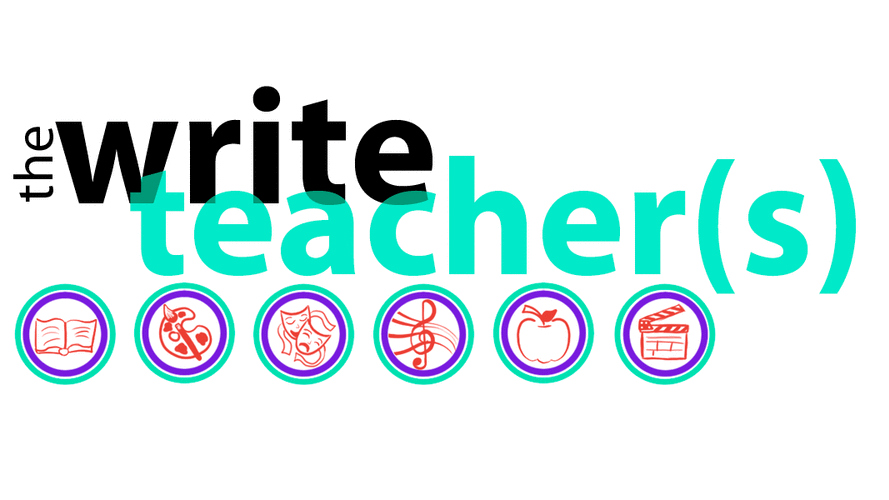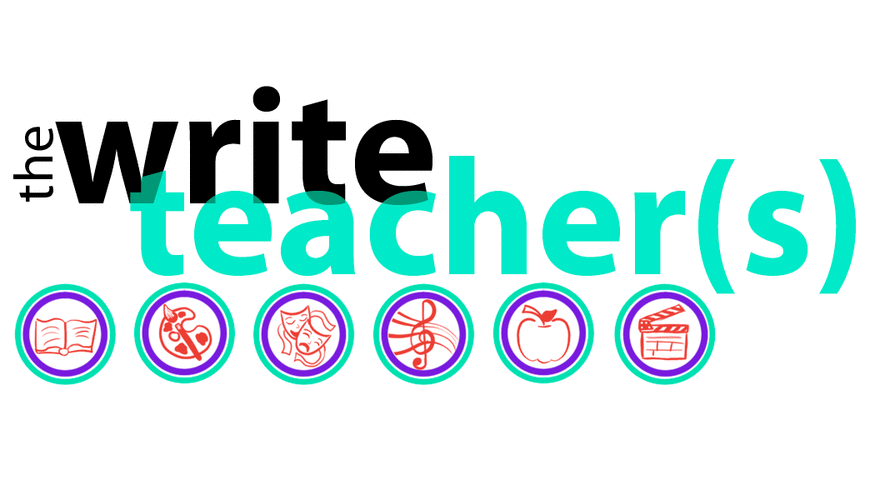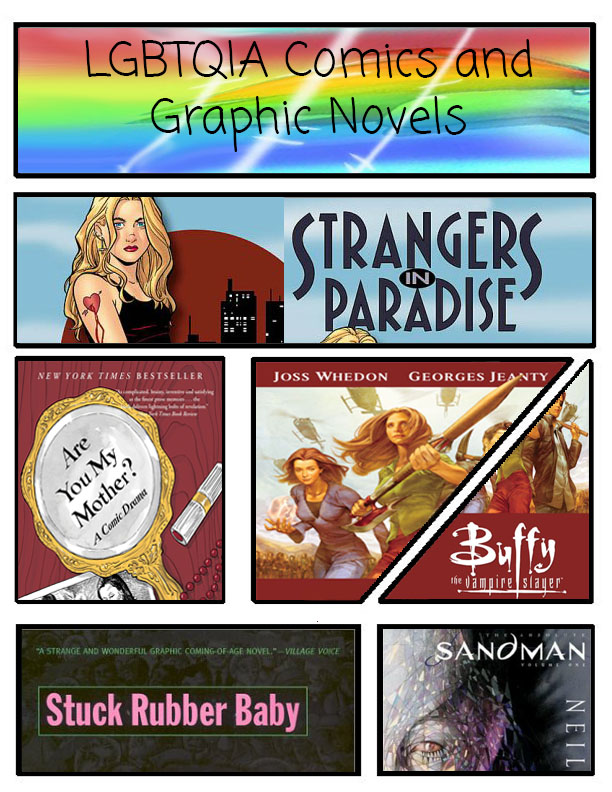Hi Friends!
My first college girlfriend was horrified to discover that in all my 18 years, I’d never actually read a comic books or graphic novel. She was even more horrified when I admitted that in all those 18 years, I really had no desire to read comic books or graphic novels. Determined to rectify the situation, she walked with me to the campus library, found Stuck Rubber Baby by Howard Cruse on the shelves, checked it out and put it in my backpack. “I expect a full report in two days.” She said, and promptly rode away on her bicycle. My excuses about needing to read 100 pages of Judith Butler before class the next day fell on deaf ears, and I begrudgingly tromped home through the Ohio snow to my dorm room. As a graphic novel virgin, It took me a while to get used to the structure of the book – I kept getting distracted by adjacent blocks on the page leading to a nonsensical order of text and action, but once I picked up the swing of things, I was hooked.
STUCK RUBBER BABY BY HOWARD CRUSE
My girlfriend had chosen well, Stuck Rubber Baby is about a working class white man, Toland Polk, growing up in the South in the 1960’s. Throughout the novel, Polk struggles with both his sexuality and the incredible racial tensions in his city. Toland starts the novel as a far from heroic character- admitting to a sense of apathy regarding racial politics, a distinct fear of his own sexuality and an awareness of how he’s manipulating his girlfriend as a result. Through the recognition of a certain amount of privilege, identity intersections, and some important events along the way, you see Polk emerge into a more fully constructed and aware character. Stuck Rubber Baby turned out to be the graphic novel good enough to not only change my feelings about graphic novels and comic books all together, but to begin a spree of queer comic reading in the years to come
STRANGERS IN PARADISE BY TERRY MOORE
Upon discovering my newfound interest in graphic novels and comics, another college friend of mine generously handed over her complete set of Strangers in Paradise by Terry Moore. The heightened love triangle drama, sexual fluidity and (literally) ass-kicking female characters kept me reading at a rapid pace my sophomore year in college. I was mostly forgiving of the soap opera-esque plot lines, though slightly more annoyed by the tendency of many of the images to appear to be fulfilling a more dominant male-gaze. Ultimately, there was enough subversion of the many sexist/hetero comic book tropes to keep me interested and excited.
THE SANDMAN BY NEIL GAIMAN
My desire to see gender-non-conforming characters came in the form of Neil Gaiman’s The Sandman. The Sandman tested my comic-reading abilities. I found it much harder to follow than Stuck Rubber Baby or Strangers in Paradise, and my lack of prior comic book reading skill became apparent. The extra concentration towards the intersecting themes and stories paid off in the long run, as Gaiman introduces characters like Desire whose gender is mutable, becoming female, male, neither or both. Desire and their siblings, Destiny, Death, Dream, Destruction, Despair and Delirium all play major roles in the series and spend most of their time as the embodiments of the natural forces their names suggest.
BUFFY THE VAMPIRE SLAYER COMIC BY JOSS WHEDON
If you’re the sort of person who is still mourning the loss of Firefly or Dollhouse, and/or if you spent all Christmas break in college watching Buffy the Vampire Slayer Seasons 1-7, it seems only logical that your next foray into LGBTQIA comics would be the Buffy Comic Book series. The series picks up directly where the TV show left off, with an eye-patched Xander, a literal swarm of slayers-in-training and oodles and oodles of snarky banter. Whedon himself pens much of the comic book dialogue and you can almost hear the theme song music playing in the background. What’s more? You get plenty of Sapphic action from Willow and Kennedy (RIP Tara) as well as some heteroflexible experimentation from Buffy, who surprises everyone, including herself when she ends up in bed with Satsu, one of the slayers-in-training. The comic book format means that just about anything can happen, and chances are good that all your favorite (and not so favorite) characters will reappear in the most unexpected of ways. Personal favorites of mine include Harmony Kendall’s rise to stardom as a reality TV star and Dawn’s unfortunate tryst with a Thricewise who turns her into a giant.
ARE YOU MY MOTHER? BY ALISON BECHDEL
Last, but not least, it would be impossible to talk about LGBTQIA comics without mentioning the incomparable Alison Bechdel. While her first graphic novel memoir was turned into an incredible Off-Broadway musical in September of 2013 (If you enjoy Alison Bechdel, Lisa Kron, Jeanine Tesori, Judy Kuhn, stories about families, musicals or lesbians, buy the soundtrack. No really, buy it now!). I’m actually going to focus on the sequel to Fun Home called Are You My Mother? While Fun Home mostly explores Alison’s complicated relationship with her closeted father, Are You My Mother? delves into the mother/daughter dynamics of her household, both when Alison was a kid and while the books was being written. While I adored Fun Home, I REALLY adored Are You My Mother? While Fun Home frequently utilizes complex literary allusions to describe Alison’s life, Are You My Mother? uses psychoanalysis and dream theory as a tool for framing her experiences, ideas and emotions. Unlike the literary pieces mentioned in Fun Home, I felt entirely compelled to further explore the psychoanalytic texts Bechdel mentions in Are You My Mother?, propelled to further connect with the story and ideas.
While I still have a lot to learn in the realm of LGBTQIA comic books and graphic novels, it’s a genre I’ve been incredibly excited to explore. While I don’t know if I can quite yet handle the blood and gore of so many mainstream comics, I sure can no longer admit to not enjoying graphic novels or comic books, particularly when they feature both literal and metaphoric ass-kicking LGBTQIA characters.
What are your favorite LGBTQIA comics or comic book characters? Are there any mainstream comic book characters you feel like would be better off LGBTQIA identified? What’s your LGBTQIA super power?
More LGBTQIA Comics include: The Lumberjanes by Noelle Stevenson and Grace Ellis, with art by Brooke Allen, DAR! By Erika Moen, On Loving Women by Diane Obomsawin, Spandex Fast and Hard by Martin Eden, Dykes to Watch Out For by Alison Bechdel, Batwoman by DC Comics, Lost Girls by Alan Moore, Questionable Content by Jeph Jacques, Calling Dr. Laura: A Graphic Memoir by Nicole J. Georges, Drama by Raina Telgemeier, Pedro and Me: Friendship, Loss and What I Learned by Judd Winick, Awkward, Definition, Potential and Likewise by Ariel Schrag
Live, Love, Learn,


